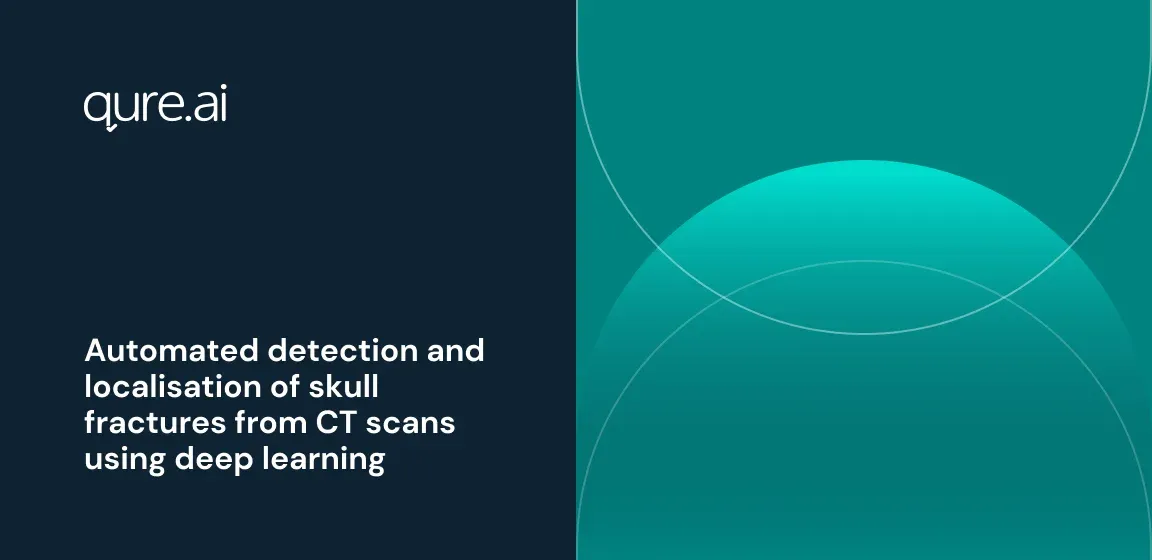Purpose

Back
To develop and validate deep learning-based algorithm pipeline for fast detection and localisation of skull fractures from non-contrast CT scans. All kinds of skull fractures: undisplaced, depressed, comminuted, etc. were included as part of study.
Methods
Anonymized and annotated dataset of 350 scans (11750 slices) with skull fractures were used for generating candidate proposals for fractures. Stacked network pipeline was used for candidate generation – a fully convolutional network for ROI generation and another deep convolutional network for ROI classification. Final ROI classification model (ResNet18) yielded fracture probabilities for candidates generated through the fully convolutional (UNet) network. Separate deep learning model was trained to detect haemorrhages on scan level which was used as proxy for clinical information. Fracture candidate features like size, probabilities, depth for top 5 most probable fracture candidates along with haemorrhage model confidence (phaemorrhage) were combined to train random forest classifier to detect fracture on scan level. In case of predicted fracture, most probable candidate(s) were used for localization.
Results
Separate set of 2971 scans, uniformly sampled from database with no exclusion criterion, was used for testing scan-level decisions with 108 scans reported as skull fracture cases. To evaluate scan-level decisions for fractures, area under receiver operating curve (AUC-ROC) was calculated as 0.83 with phaemorrhage as feature and 0.72 without. Free receiver operating curve yielded 0.9 sensitivity at 2.85 false-positives-per-scan. Predictions on each patient takes < 30s.
Conclusion
Deep learning-based pipeline can accurately detect and localize skull fractures. Pipeline can be used for triaging patients for presence of skull fractures.